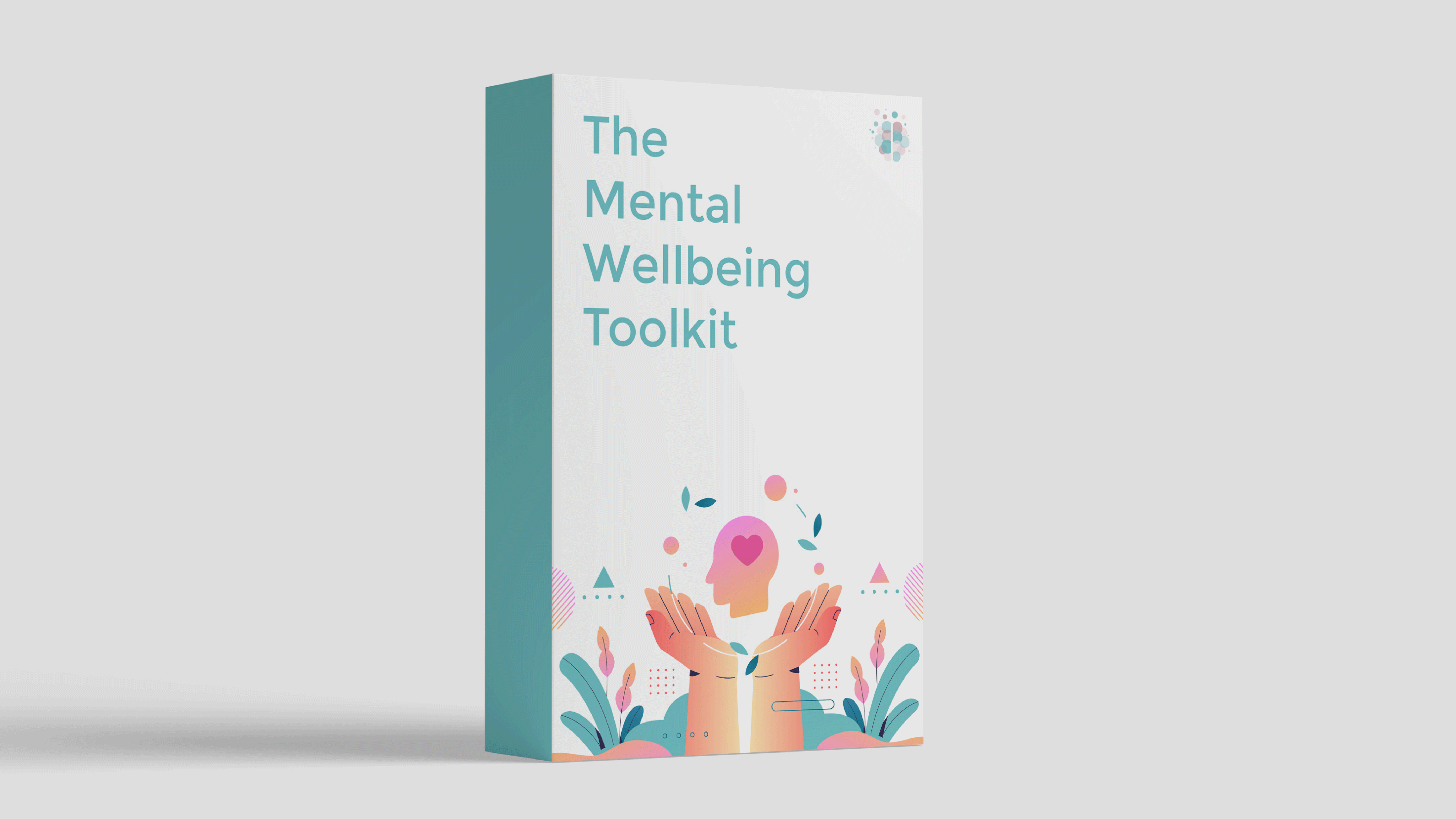Emotional stability is a core aspect of mental wellbeing, influencing how we interact with others and respond to stress.
On one end of the spectrum lies emotional detachment, characterised by a lack of emotional responsiveness. On the opposite end is emotional volatility, where people experience intense and rapidly changing emotions.
Understanding this spectrum can help you recognise your emotional tendencies, cultivate healthier relationships, and manage your mental health more effectively.

Emotional Detachment
Emotional detachment refers to the ability (or tendency) to disconnect from emotions or the emotions of others.
It can be a coping mechanism, a personality trait, or a response to trauma.
Emotional detachment can manifest in several ways:
- Emotional numbness. Individuals may experience a lack of emotional response to situations that typically elicit strong feelings. This can occur due to past trauma, as a protective measure to avoid feeling pain or discomfort.
- Aloofness and disconnection. People on the emotionally detached end of the spectrum often appear indifferent or distant in their relationships. They might avoid deep emotional connections, either because they find them overwhelming or because they don’t feel a strong need for them.
- Difficulty in expressing emotions. Such individuals may struggle to articulate their feelings or even identify them. This can lead to misunderstandings in personal and professional relationships, as others may perceive them as cold or unfeeling.
While emotional detachment can protect against mental suffering, it can also hinder the formation of meaningful relationships and lead to feelings of loneliness.
Emotional Stability
Emotional stability represents a balanced state where we experience a healthy range of emotions without extreme reactions.
Emotionally stable people tend to be:
- Self-aware. They have a strong understanding of their emotional states and can recognise and manage their feelings effectively. This self-awareness often translates to better decision-making and healthier relationships.
- Mentally resilient. They can handle stress, setbacks, and emotional challenges with composure. This resilience allows them to bounce back from difficulties without becoming overwhelmed.
- Consistent mood. Their emotional reactions are generally appropriate to the situation. They do not experience dramatic mood swings. They’re perceived as dependable and grounded by others.
Emotional stability promotes healthy relationships and mental wellbeing.
Emotional Volatility
Emotional volatility is characterised by intense, rapidly changing emotions.
People who exhibit emotional volatility may experience:
- Heightened sensitivity, reacting strongly to perceived threats.
- Frequent mood swings. Their emotions can change quickly from happiness to sadness or anger. Their emotions and behaviour may be challenging for others to understand.
- Impulsivity. Emotionally volatile people might act on their emotions without considering the consequences, leading to impulsive decisions or behaviours that they later regret.
While emotional volatility can sometimes fuel creativity, it often leads to strained relationships, poor decision-making, and poor mental wellbeing.
What Influences Emotional Stability?
Several factors influence where we might fall on the emotional stability spectrum:
- Early life experiences. Childhood trauma and attachment styles shape emotional responses. For example, children who experience secure attachments are more likely to develop emotional stability. Just like people with fibromyalgia experience physical pain more deeply, people with childhood trauma experience mental pain more deeply.
- Genetic predispositions. Some people are naturally more emotionally stable or volatile due to their genetic makeup.
- Coping mechanisms. This refers to the strategies we use to cope with challenging emotions. We can enhance our emotional stability by developing a wide range of coping skills to effectively manage our emotions.
- Support systems. A lack of a support system may lead to more reliance on unhealthy coping mechanisms.
Emotional Stability Fluctuations
Did you identify with both ends of the emotional stability spectrum?
Fluctuations between emotional detachment and emotional volatility are relatively common, particularly for people with a fearful-avoidant attachment style.
Understanding these shifts and the factors that contribute to them can help you recognise your emotional patterns and take proactive steps to achieve a more stable emotional state.
Therapy and personal development work can help you move from emotional detachment or volatility toward greater emotional stability. Over time, you can learn healthier ways to process and express your emotions, reducing extreme emotional responses.
How to Enhance Your Emotional Stability
Understanding where you fall on the emotional stability spectrum is the first step toward managing your emotions more effectively.
Some strategies to cultivate balance include:
- Developing emotional awareness. Learn how to tune into and process your emotions. This awareness can help you manage your reactions more effectively.
- Attending therapy. Therapy can be a powerful tool for understanding and managing emotional detachment or volatility. Here’s a guide to making the most out of therapy, and how to choose a therapist. Here are seven therapies recommended for trauma survivors.
- Developing your emotion regulation skills. There are a wide range of evidence-based therapeutic techniques you can use to manage your emotions. For example, explore tools from cognitive-behavioural therapy (CBT), acceptance and commitment therapy (ACT), and dialectical behavioural therapy (DBT) and discover which strategies work for you. The Mental Wellbeing Toolkit and our 30 Day Mental Health Challenge are designed to help you with this.
- Building strong relationships. Focus on cultivating healthy relationships. Understand your attachment style. Read self-help books, watch YouTube videos, learn DBT interpersonal effectiveness skills, take online courses. We all have the power to improve our relationships skills.
- Using lifestyle medicine. Regular movement, a healthy diet, and adequate sleep are foundational to emotional stability.
Summary
Emotional stability refers to our ability to maintain a balanced emotional state and cope with challenging emotions. It lies on a spectrum, influenced by various factors including early life experiences, genetic predispositions, and coping mechanisms.
Emotional stability is not fixed.
We have the capacity to become more emotionally balanced by developing a range of healthy coping strategies, building strong support systems, and working through past traumas. By focusing on self-awareness and emotional regulation, we can improve our mental resilience and achieve greater emotional wellbeing.
Interested in Self-Help?
Our self-guided programs include tools from CBT, DBT, ACT and more, so you can discover what works best for you. The Mental Wellbeing Toolkit is "like 10 therapy sessions in one."
The 30 Day Mental Health Program is designed to solidify and build on learning from the toolkit. By the end of this experience, you’ll have a toolkit of strategies to improve your mental health, achieve your goals, and live a more fulfilled life.





